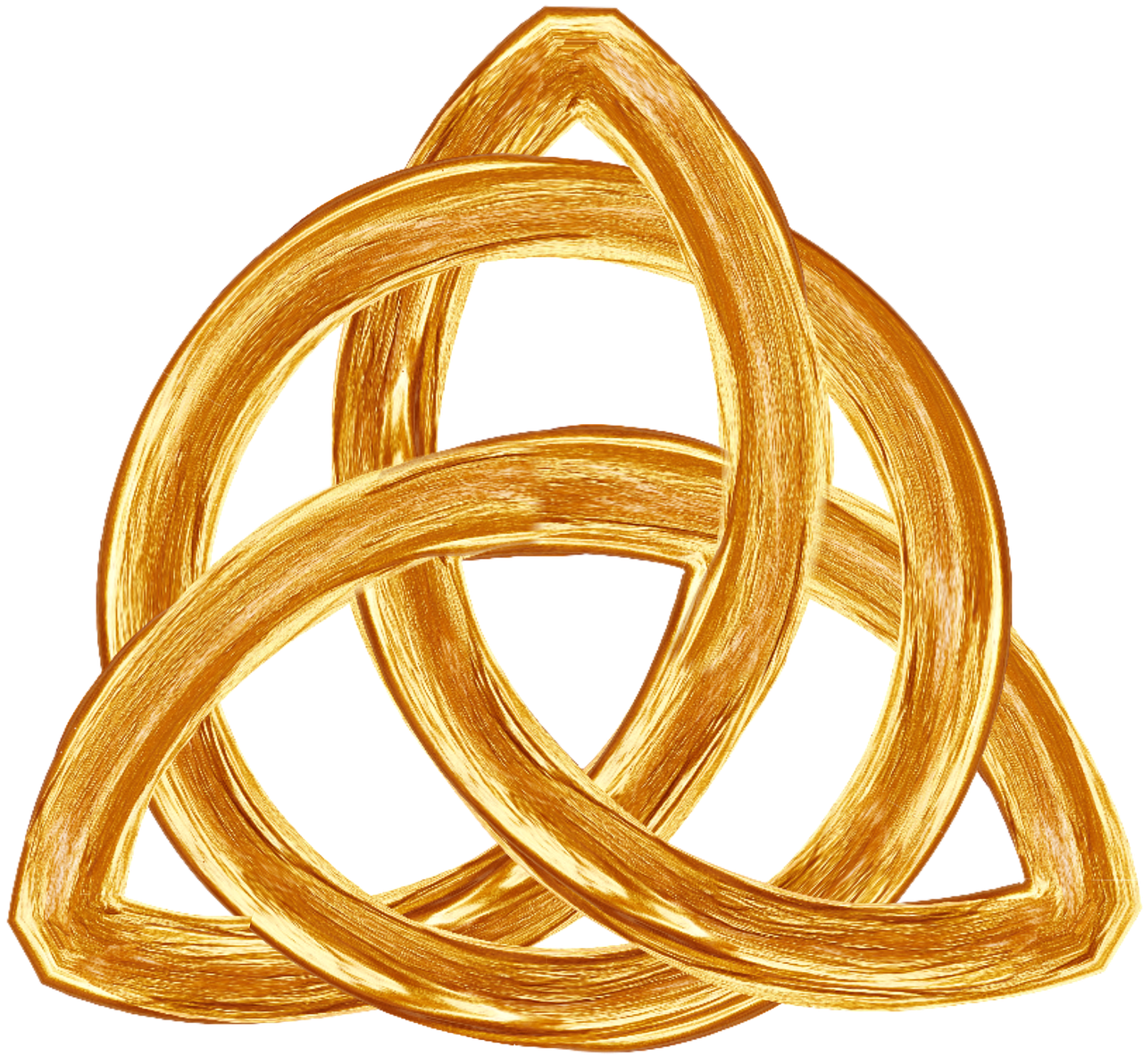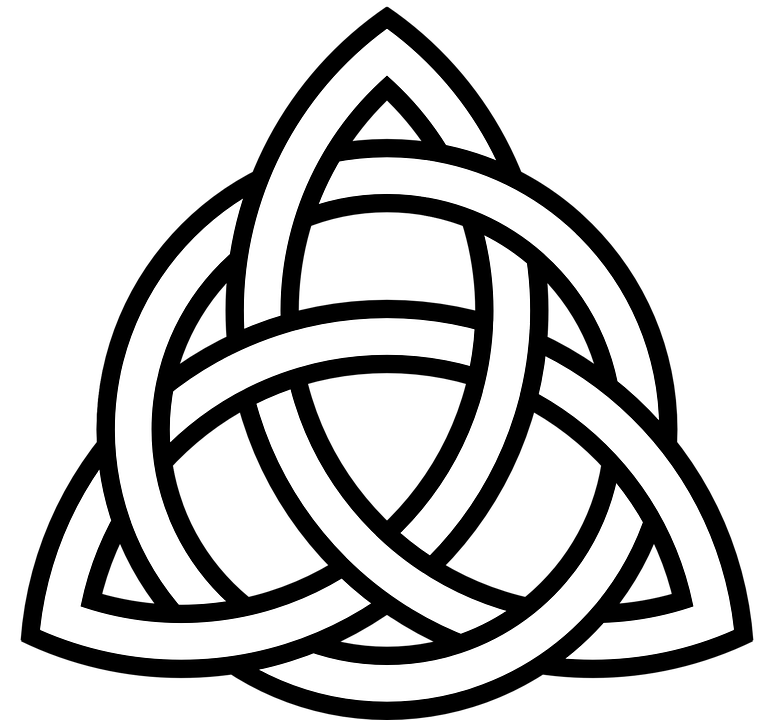The origins of the Celtic knot are lost in the mists of time, and predate written records. Clarifying the original meaning is difficult in the absence of relevant literature, so several interpretations can arise.

Celtic knot art is found in Scotland as well as Ireland, and is apparent in countries with Celtic heritage.
What is a Celtic knot?
Celtic spirals predate Celtic knots, which first appeared in Ireland in the fifth century AD, although their origins may date back to Byzantine Constantinople and the Romans.
A series of Celtic knots (also known as ‘mystic knots’ or ‘endless knots’) overlap and are interwoven with no apparent start or finish.

Irish Celtic knots represent the culmination of the knotwork tradition. The style is known as Hiberno-Saxon Insular art or Ultimate La Tene, and came into being around 650 AD in the biblical manuscripts of Gaelic monks throughout Ireland and Britain.
Peerless examples of the art appear in early Christian manuscripts heavily ornamented with knotwork, such as the seventh century Lindisfarne Gospels and the eighth century Book of Kells. Knots were used to highlight initial letters, for the features of the depicted apostles, and to provide elaborate decoration.
Many Celtic and Irish High crosses that were erected between the eighth and twelfth centuries carry fine examples of knotwork. Some combine Bible scenes with Celtic designs including key patterns, spirals, knotwork and animal figures.
Attractive St Patricks Day gifts and jewellery incorporating Celtic knots are available from https://www.shamrockgift.com/st-patricks-day.
For more on the knot’s history and symbolism, see https://www.ancient-symbols.com/celtic-knots.html.
Celtic knot design
Celtic knots incorporate strips which loop and weave amongst themselves, creating intricate, decorative patterns. Sometimes a single strand weaves back and forth. In other examples, several strips are intertwined.
Proper Celtic knots don’t display loose ends. Often the tail or tongue of a decorative animal symbol (or zoomorph) is a single strand which has been cut off, so the design cannot be considered a true Celtic knot.
Symbolism and meaning
While opinions vary, the root belief is that the Celtic knot represents the eternal cycle of life. The interwoven strands depict the interconnection and interdependence of the physical and the spiritual sides of our being.
For example the three-lobed Trinity knot or Triquetra amalgamates mind, body, and spirit: the three planes of existence.
